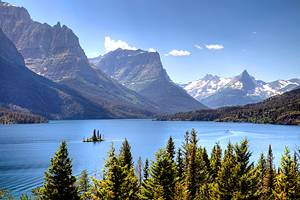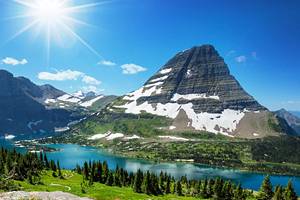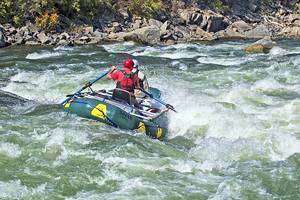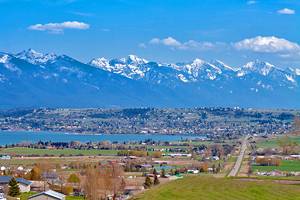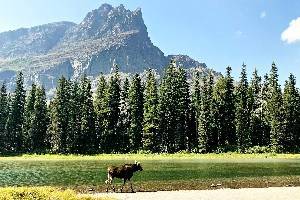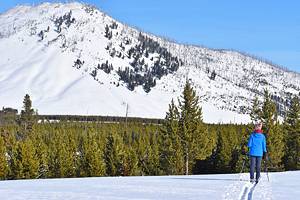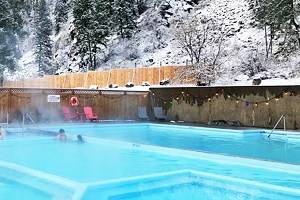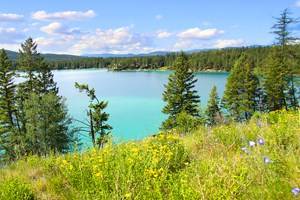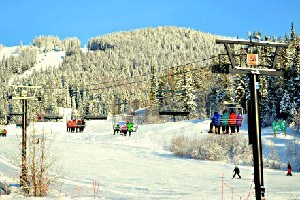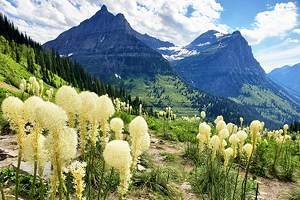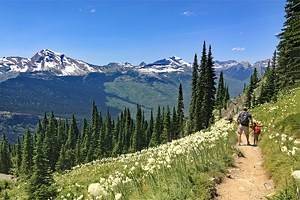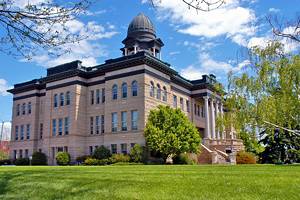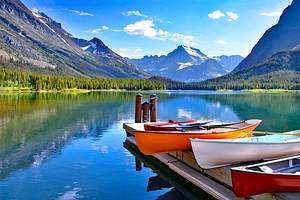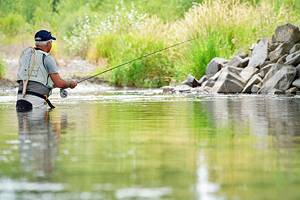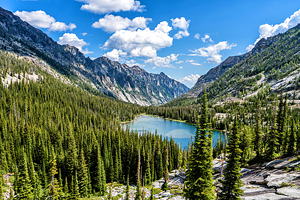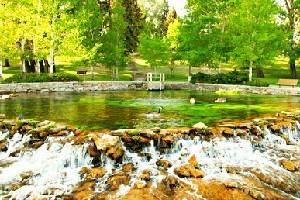National & State Parks in Montana
Author Brad Lane lived in Montana for three years and visited many national and state parks.
Montana is a state of superlatives. It's home to some of the biggest, wildest, and most likely-to-amaze natural landscapes in the country. And Montana's state and national parks exemplify this with various environments to explore. From iceberg lakes to thriving ghost towns, these state and federal lands highlight why Montana is known as the "Last Best Place."
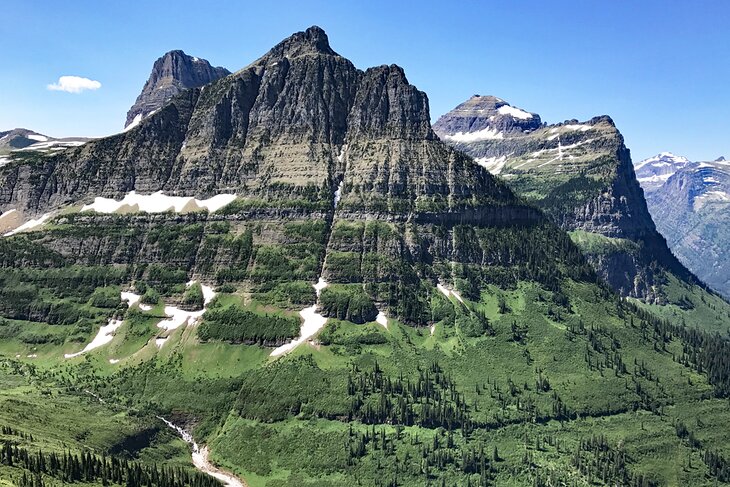
Montana's best-known national park, Glacier National Park, is one of those places everyone should visit in a lifetime. The northern tip of Yellowstone National Park is also in Montana, including the steamy Mammoth Hot Springs area, and shares a similar must-see status. Other national park units in Montana include battlefields, monuments, and memorials.
And don't skip the state parks during your next Montana vacation. These inviting and less-crowded spaces hit every spectrum of Montana adventure. Ghost towns, giant freshwater springs, and underground caverns are just a few wild environments to explore. And many of the best state parks and national forests in Montana have spacious campgrounds for tents and RVs.
Find even more reasons to travel to the Big Sky state with our list of the top state and national parks in Montana.
- Glacier National Park
- Yellowstone National Park
- Lewis and Clark Caverns State Park
- Flathead Lake State Park
- Giant Springs State Park
- Bannack State Park
- Little Bighorn Battlefield National Monument
- Whitefish Lake State Park
- Pictograph Cave State Park
- Sluice Boxes State Park
- Lone Pine State Park
- Map of National & State Parks in Montana
Glacier National Park
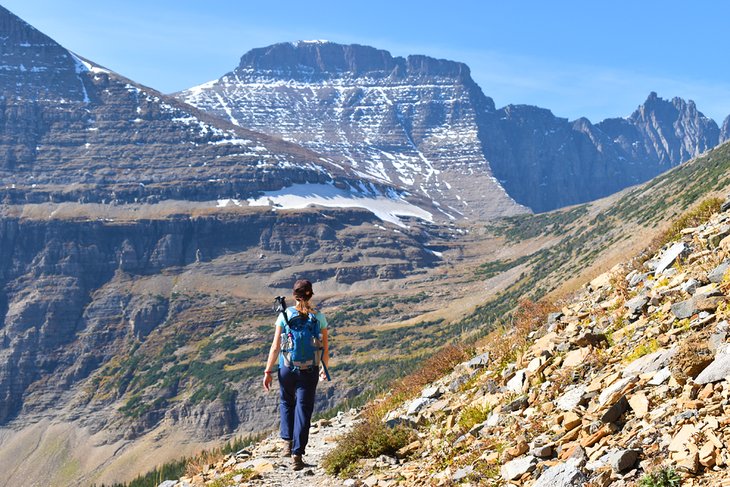
Glacier National park, also known as the Crown of the Continent, is a world-renowned national park in Northwest Montana. Surreal Rocky Mountain scenery defines much of its boundaries. And these stunning alpine landscapes are unmatched throughout the rest of the country. Within this high-mountain splendor is a world of over 700 miles of hiking trails.
Glacier National Park's top hikes lead to hidden lakes, receding glaciers, and mountain chalets. And each trail also crosses prime habitats for animals like marmots, mountain goats, and the occasional grizzly bear. Hikers and visitors to the park are advised to travel smart in bear country, including equipping themselves with bear spray.
While it's hard to determine the best hike, routes like the Highline Trail and Grinnell Glacier are always worth mentioning. Alongside the abundant hiking opportunities, other popular things to do in Glacier National Park include boating, fishing, and camping. Nocturnal visitors also enjoy the park's status as an International Dark Sky Park.
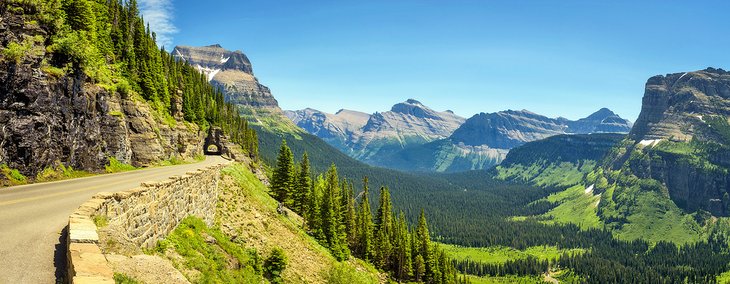
The Going-to-the-Sun Road is the primary vehicle route through the 1,500-square-mile park. This 50-mile marvel of engineering connects the Apgar area to the west and St. Mary to the east. It crosses the Continental Divide mid-route at Logan Pass (elevation 6,646 feet), where competitive parking spots open a world of high-mountain exploring.
Yellowstone National Park
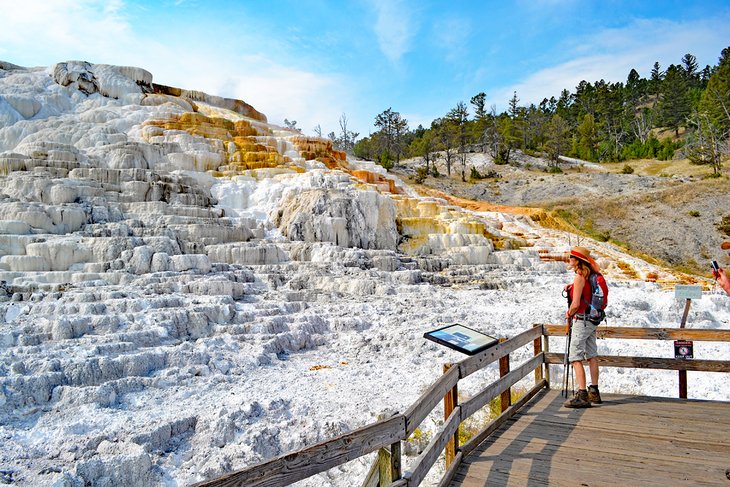
Yellowstone National Park encompasses a staggering 2.2 million acres. While much of this wild environment is in Wyoming, the North Entrance is in Gardiner, Montana. This friendly mountain town is at the southern end of the state's aptly named Paradise Valley and is worth the visit alone. The first area of the park encountered from this North Entrance is the steamy Mammoth Hot Springs.
Travertine terraces, boiling rivers, and colorful thermophiles are a few sights to see at Mammoth Hot Springs. This area is also home to some of the park's oldest history, including Historic Fort Yellowstone. Today, the Albright Visitor Center at Mammoth Hot Springs provides a more modern look at the park. And come winter, this North Entrance is the only one that remains open for easy access to cross-country skiing and snowmobiling.
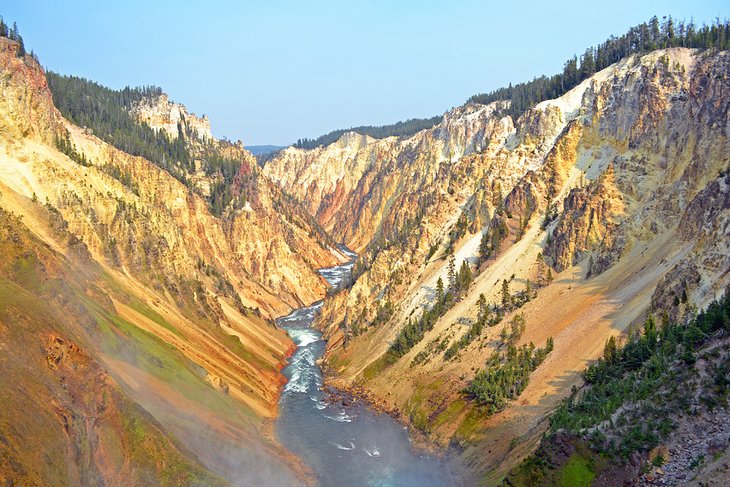
Multiple days of exploration span the rest of the park beyond Mammoth Hot Springs. Plan for at least three days to scratch the surface of everything Yellowstone has to offer. Much of the scenery is accessible via the 140-mile Grand Loop Road, which connects Yellowstone National Park's attractions. Just watch out for bison on the road.
Read More: Hiking Trails in Yellowstone National Park
Lewis and Clark Caverns State Park
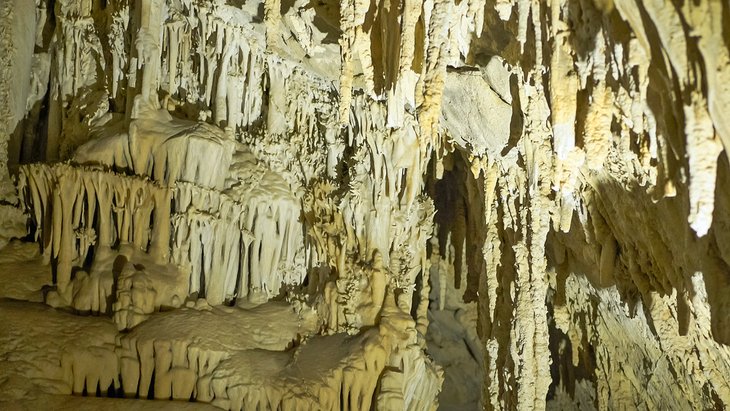
Lewis and Clark Caverns State Park offers an exploration of one of the largest limestone caves in the Northwest. And as Montana's first state park, established in 1937, it has a long history of hosting visitors. Today, exploring the underground is still the most popular thing to do.
The state park is approximately an hour west of Bozeman. The only way to explore the inside of the cave is on a guided tour, offered seven days a week between May and September. Two types of tours are available: a Classic Tour and the Paradise Tour. The Classic Tour is the more strenuous, spanning two hours and two miles of walking, with stairs involved.
But it's not all underground attractions at Montana's first state park. Miles of multi-use trails line the aboveground, as well as a popular campground with 40 sites. Campground reservations are recommended throughout the summer. A modern visitor center, gift shop, and amphitheater are also on-site.
Flathead Lake State Park
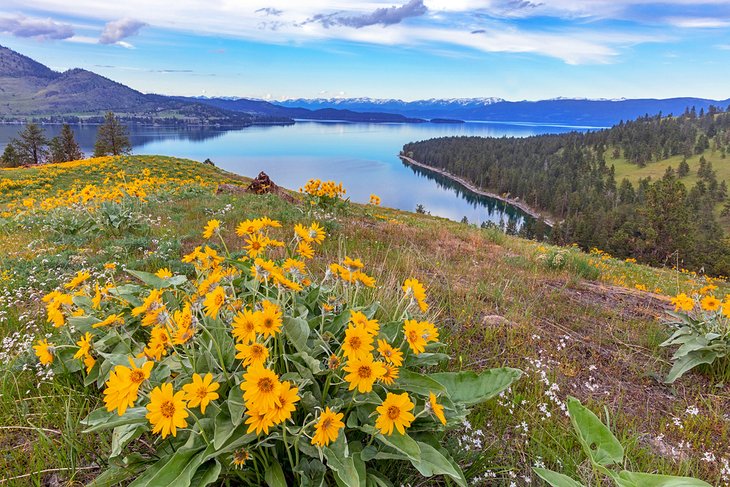
Flathead Lake is an incredible expanse of freshwater in Northwest Montana. It's the largest natural lake west of the Mississippi River in the lower 48 states, and at approximately 28 miles long, this enormous lake gets a lot of attention. One of the best ways to experience the aquatic landscape is at Flathead Lake State Park, which operates six units surrounding the lakeshore.
Five of the six state park units span both sides of the bank. The Big Arm and West Shore units cater to boating, fishing, and swimming activities on the western shore. The Big Arm unit, the larger of the two, also has abundant camping, with 41 sites.
The three state park units on the eastern shore are Finley Point, Wayfarers, and Yellowbay. All three units provide gorgeous views of the water and camping close to the shore. Wayfarers encompasses a stunning 67 acres, including several dramatic lake vistas atop rocky cliffs.
The sixth unit of Flathead Lake State Park, Wild Horse Island, encompasses part of the largest island on the lake. And the name is no mistake, as wild horses still inhabit this unique slice of Montana's geography. The only way to visit Wild Horse Island is via boat, and like Boat Rentals and Rides in Big Arm, other places in the community offer ferries and kayak rentals.
Giant Springs State Park
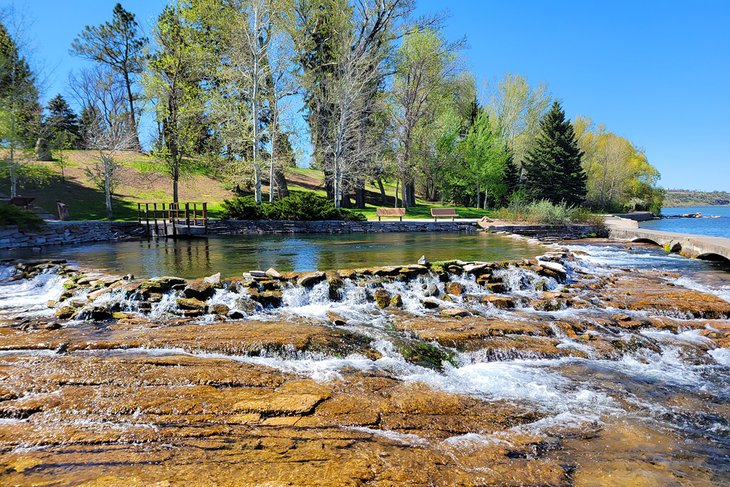
Giant Springs State Park encompasses an enormous freshwater spring on the Missouri River and nearly 14 miles of shoreline. It's located next to Great Falls in Central Montana and connected to the River's Edge Trail that spans the rest of the city. The park offers several outdoor activities, including dipping toes into the 54-degree Fahrenheit Giant Springs.
Other popular activities at the park include hunting, boating, and bird-watching, and over 30 miles of multi-use trails cater to hikers, bikers, and equestrians. Several dams intersperse the Missouri River within the park alongside different vantage points, lending excellent views of their falls.
Lewis and Clark stumbled upon Giant Springs on their voyage across the American West in 1805. Today, visitors can enjoy a similar view from the Lewis and Clark Overlook within the park. The non-profit Lewis and Clark Interpretive Center also operates near the park's boundaries, offering detailed information on their fantastic voyage.
Bannack State Park
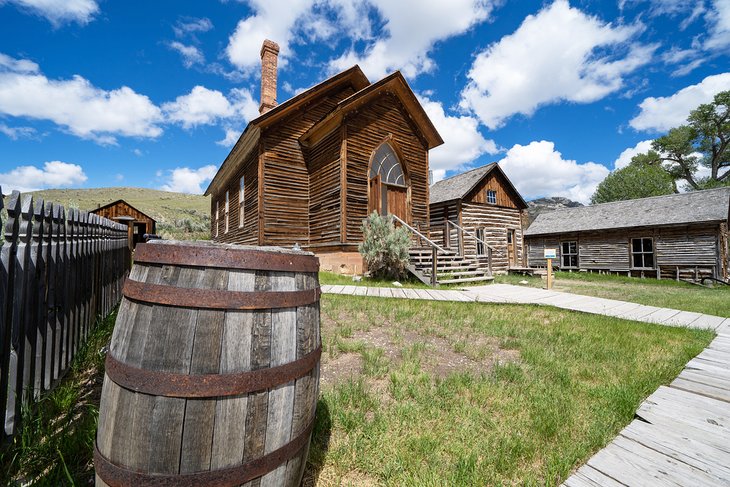
Bannack State Park, approximately 90 miles south of Butte, offers visitors the chance to tour Montana's best-kept ghost town. This rugged area was the site of the first gold strike in the state in 1862, spurring a gold rush that would forever continue to define Montana. The town met its eventual bust, and today, over 60 structures remain from its more prosperous era.
One of the most fun things to do at Bannack is simply walking around the deserted town and admiring the history. It's hard not to be transported back to the Old West while walking the dusty streets. Guided tours are also available, departing from the visitor center. Be sure to grab a map before departing on a self-guided tour.
Bannack also provides several engaging events and activities throughout the year. A Living History Weekend typically takes place on the third weekend of September, complete with several costumed characters and lively reenactments. And Bannack Days occurs in July with artisan demonstrations and other fun activities like theatrical gunfights in the street. Bannack also offers Ghost Tours near Halloween.
Little Bighorn Battlefield National Monument
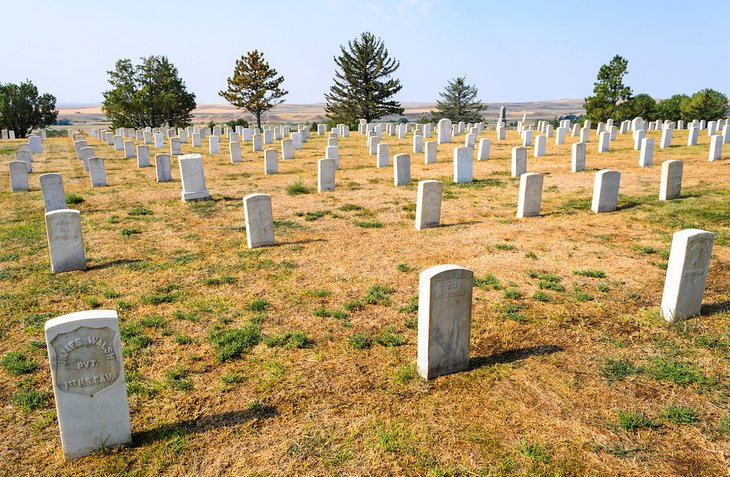
The Battle of Little Bighorn took place in 1876 in south-central Montana, an hour east of the current-day city of Billings. This armed engagement is also known as Custer's Last Stand, as it was the last battle of Lt. Col. George Armstrong Custer. He and the men of the 7th Regiment of the US Cavalry lost the battle that day to combatants of the Lakota Sioux, Northern Cheyenne, and Arapaho tribes.
Today, the Little Bighorn Battlefield is a national monument that illustrates the significant history of the bloody engagement. Including tense relations and broken treaties, the monument also dives into the events leading up to the conflict. Photographs, artifacts, and guided tours all offer a better picture of the West as it was almost 150 years ago.
Most visits to Little Bighorn include a drive on the 4.5-mile Tour Road. This self-guided route connects to the nearby Reno-Benteen Battlefield, with informative plaques lining the roadside. The Crow Tribe also offers seasonal one-hour guided rides on a mini-coach. The Custer National Cemetery is also on-site and worth a visit.
Whitefish Lake State Park
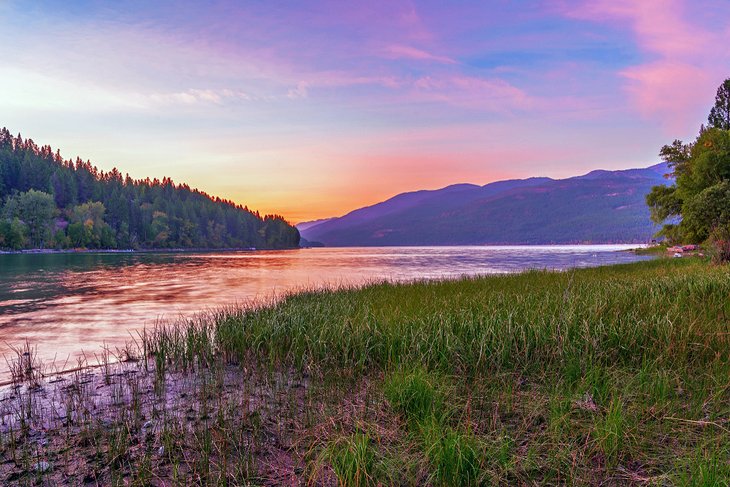
This small state park is on the southern tip of Whitefish Lake in Northwest Montana. It's one of many natural attractions that make this area popular throughout the summer. The state park encompasses 10 acres near the shoreline and features opportunities to camp, fish, and access the lake.
A dedicated boat launch and seasonal boat rentals at the state park make getting on the water easy. Rentals are available between mid-June and Labor Day and include stand-up paddleboards, kayaks, and pedal boats. Other popular activities include lying out on the shore and utilizing the free picnic area.
Whitefish Lake has 25 campsites for spending the night. Many of the sites are standard non-electric with plenty of room for an RV. Amenities at the campground include fire rings, picnic tables, showers, and flushing restrooms. The campground's location is also ideal, close enough to the water to catch the blazing sunsets.
Read More: Things to Do in Whitefish
Pictograph Cave State Park
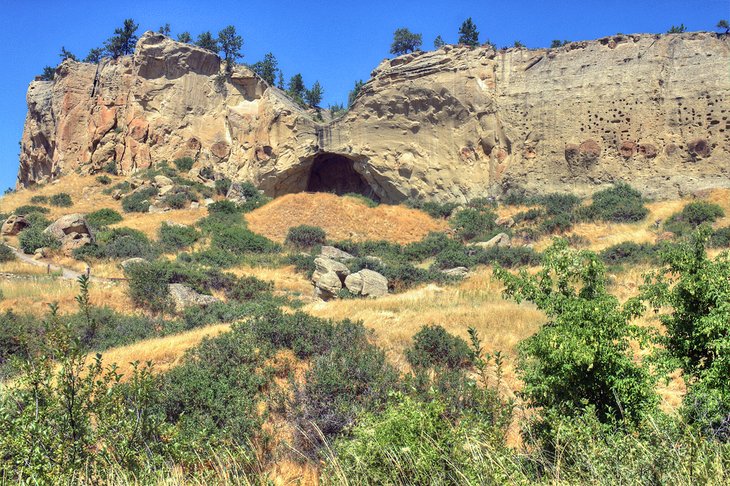
This 23-acre state park outside of Billings highlights the long history of human habitation in Montana. The three caves that comprise the state park display ancient rock art from native populations, some spanning back over 2,000 years. Hundreds of artifacts have been excavated from the caves.
A less-than-a-mile hike takes visitors to the different caves in the park. It's a relatively flat path with a little uphill climb. Viewing areas just outside the caves enable a look at the pictographs on the walls. Though the pictographs are visible to the naked eye, binoculars are recommended for a closer inspection. The viewing areas also have several interpretive plaques detailing the natural and cultural history of the site.
Plan for at least an hour to visit the caves. The state park also features a new, modern visitor center with more cultural information available. A picnic area is also on-site, as well as flushing restroom facilities. It's best to visit the site in the early morning or late evening in the summer and avoid the stifling afternoon temperatures.
Sluice Boxes State Park
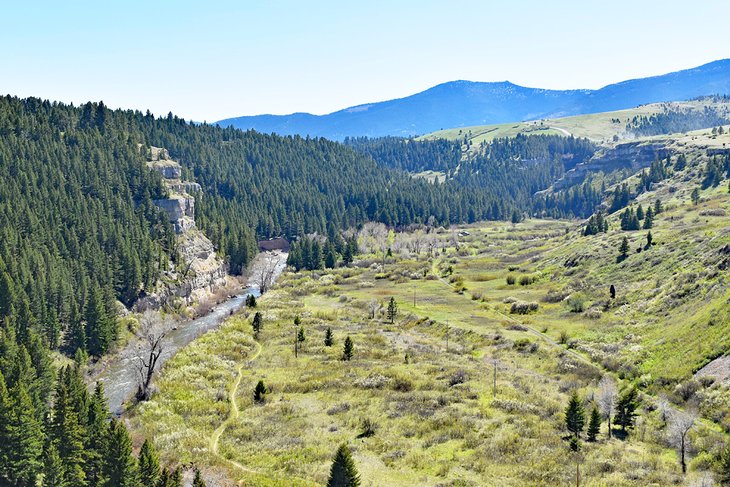
Sluice Boxes State Park encompasses a rugged area of Belt Creek Canyon, approximately 40 minutes south of Great Falls. Mining and other natural resources first attracted visitors to the site, creating a once-thriving community in the late 1800s. Today, a few historic structures and remnants remain near the riverbank.
Hiking is the primary thing to do at Sluice Boxes State Park. A primitive trail following an old railroad bed enables access to its rugged interior. As well as the trek, visitors often participate in bird-watching, photography, and crossing the icy cold Belt Creek.
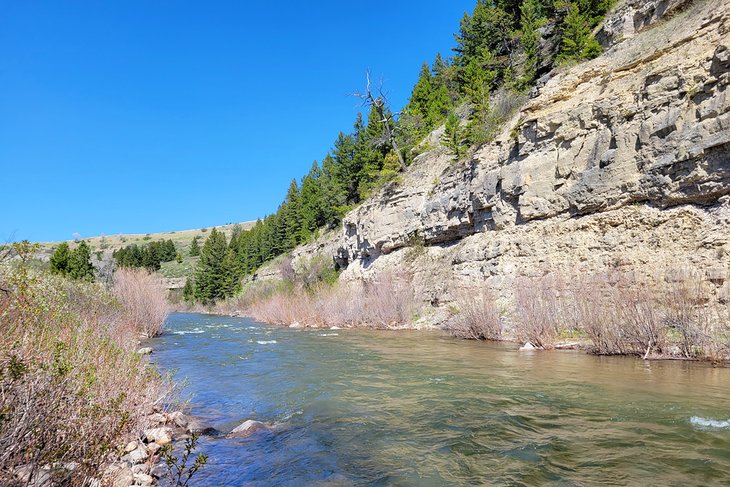
The trail crosses Belt Creek several times over its 7.5-mile length. While bridges once made this an easy endeavor, those structures no longer remain, and visitors need to fjord the water. Crossing the creek can be a cold and dangerous undertaking during high water. The recommended time to visit and hike at Sluice Boxes is mid-July through September.
Lone Pine State Park

Lone Pine is a popular hiking and viewpoint destination located directly west of Kalispell and north of Flathead Lake. The state park is also easily accessible from Whitefish. With all these major tourist destinations around, Lone Pine does see some traffic, but it's better known for its lack of crowds.
Lone Pine is well worth visiting thanks to its lofty viewpoints, encompassing Flathead Lake, Jewel Basin, and Glacier National Park on clear days. The parking lot and elevated visitor center afford bountiful views without any hiking involved. But the park's 7.5 miles of trails deliver the most outstanding vistas.
A few trails start from the fringe of town and trek up the mountainsides to earn the view. These trails may travel through private property on their journey to the top, and users are asked to stick to the established route.


